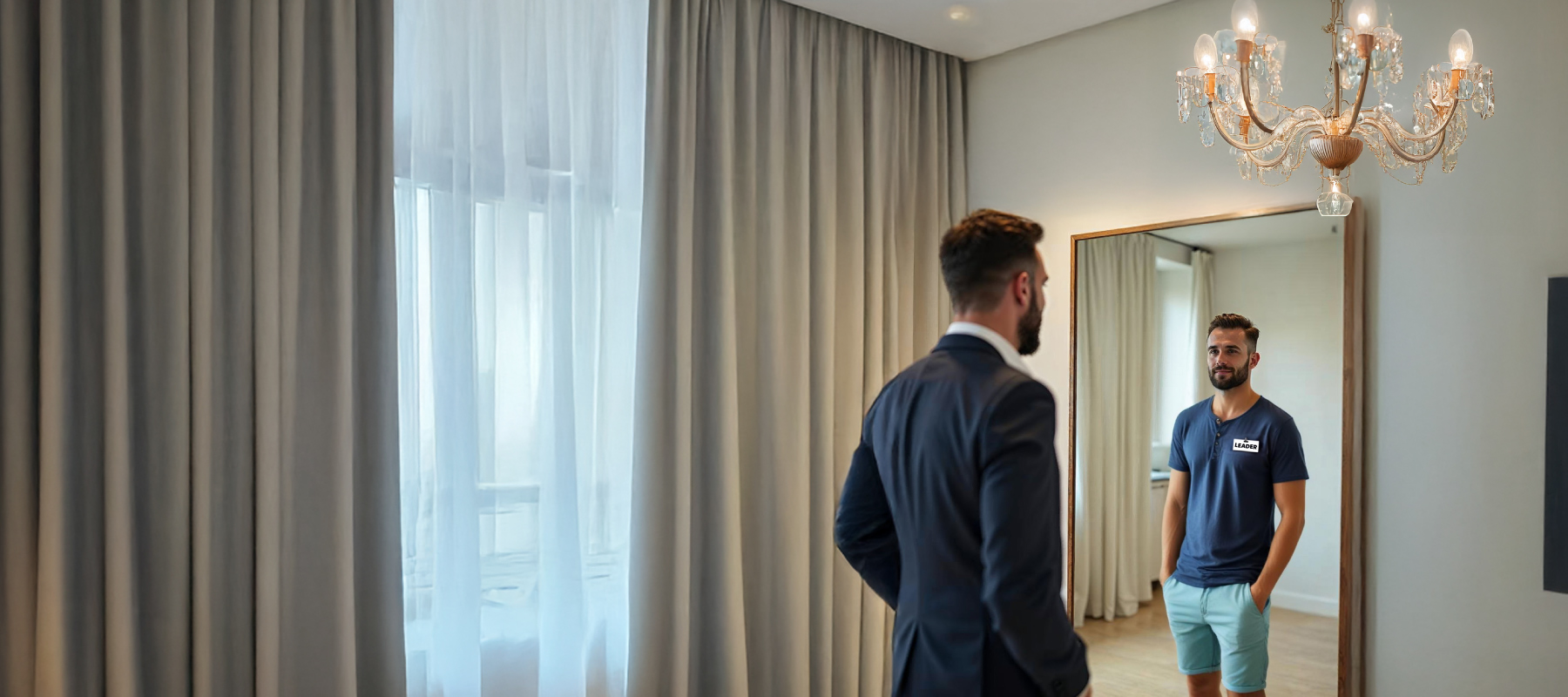
How COVID-19 caused the future of work to arrive early
Predicting the future of work is hard when you’re still in the midst of the catastrophe. It is clear, though, that “futuristic” trends are emerging, having been catalyzed by the COVID-19 pandemic. The big question is to what degree they will survive the crisis.
Although the technology to facilitate remote work has been around for over a decade, COVID-19 has forced hundreds of millions of employers and employees worldwide to engage in a sudden, massive, real-time experiment with remote work arrangements.
In 2012, just 39% of US employees worked off-site at least some of the time. By 2016, that figure had risen to 43%. As of mid-April, however, 62% of US employees are working from home because of fears about the coronavirus. Similar remote work statistics are observed in other parts of the world.
Because of the pandemic, millions more workers are discovering the joys (and hassles) that accompany working from home. On the plus side, there is more freedom, more flexible hours and more streamlined morning commutes. On the minus side, there are possibly more distractions and disruptions, and the lack of physical interaction with colleagues could lead to anxiety, grief and even depression.
Humans are inherently social animals who are biologically hard-wired for spending quality time with each other, and who typically don’t fare well during prolonged periods of extreme isolation.
Interestingly, though, and thanks to remote work, employers may be enjoying gains in worker productivity. A study found that 48% of remote workers exhibit more discretionary effort compared with 35% of non-remote workers.
“Employees with liberal “work-from-anywhere” arrangements have also been found to be more productive than colleagues who were allowed to work from home but were still required to make regular trips to the office.”
On the negative side, some managers are struggling to maintain high performance from workers who are no longer in close proximity. Managing a remote team usually requires changes in how managers communicate their expectations and instructions, as well as customized approaches for optimizing each employee’s productivity.
Put bluntly: while many employees thrive in a less structured environment with minimal supervision, others require more frequent “intervention” to keep them focused and engaged.
How “sticky” will remote work become? One theory holds that a significant number of companies will go entirely virtual. As German designer Konstantin Grcic argued “the office is everywhere I go to work.”
A different theory posits that employers and employees starved of interpersonal connections will rebel against remote work. The truth is somewhere in between, but a greater proportion of organizations are clearly opting for the benefits of virtual offices.
Fewer hours and more flexible work schedules
From the 1840s to the 1950s, the length of the average American workweek (for manufacturing workers and nonsupervisory personnel) dropped from 70 hours to 40.5 hours.
Despite predictions to the contrary and calls – especially among female employees – for even shorter workweeks and flexible schedules, little has changed in 70 years. In fact, among high-paid US white-collar workers, the trend toward 50-plus-hour workweeks has gained momentum since the 1970s.
Outside the US, a big victory occurred in 2018, when Europe’s largest industrial labor union, IG Metall, negotiated the right to work as few as 28 hours per week for German metal workers. The goal of the union was, essentially, to provide workers with greater work-life balance.
Although work-life balance has long concerned US workers, especially Millennials, only sporadic gains were achieved prior to the pandemic. But today – thanks in part to the ubiquity of the (now endangered) “open-office plan” – millions of workers have had their hours cut in order to maintain social distancing in the workplace.
Some of these workers are, no doubt, enjoying the increased freedom that comes with working fewer hours and/or being able to adjust their schedules according to family needs. Many may resist returning to the 40-plus-hour workweek – with limited paid vacation and sick days – when the crisis passes.
And some employers may adopt the same attitude. Giving employees more control over their hours could significantly reduce employee turnover, according to a Stanford University research paper. In addition, there is ample anecdotal evidence that hiring more workers to each work fewer hours increases individual productivity, making those companies more attractive to top talent
Revenues at one South Korean online delivery company, Woowa Brothers, increased more than tenfold after it reduced working hours in 2015. Although it’s just a start-up, the company now competes with corporations like Samsung for engineering talent.
During a recession in the late 1990s, Finland’s federal government sponsored a program called the “6+6 Plan,” under which municipal offices were open for 12 hours each day and staffed by civil servants on six-hour shifts. During the two years the program was in effect, public satisfaction with government services went up, and most employees reported improved work-life balance.
Software robots to infiltrate the workspace
Also known as “digital workers”, AI-enabled software programs will be “hired” in greater numbers to assist human employees (and sometimes replace them) by taking over certain administrative tasks, as well as “virus-friendly” customer-service interactions.
Just before the pandemic, an IDC report forecast that software robots’ workforce contributions would increase by 50% over the next two years – a number that may now be too conservative.
A new report from MIT Technology Review, which explored the extent to which different jobs could be supported by AI, found that “between 32 and 50 million US jobs could be increasingly assisted by technology to reduce health risks posted by human interaction and safeguard productivity in time of crisis.” In the longer term, “where AI assistance is currently less feasible […] roles such as cashiers, servers and drivers, whose constituent tasks can be fully automated, may be at risk as retailers and restaurants […] seek to operate with fewer staff.”
Whereas a 2019 poll revealed that 27% of office workers would not delegate any work to AI, and a third (32%) believed that AI could not do a better job than them on any task, pandemic-fueled changes to working behavior seem to be allaying people’s fears that digital workers will steal their jobs.
This attitude shift suggests that we will see many more software robots in the workforce after the current crisis subsides.
These assessments, of course, assume that tomorrow’s reality will look like a modified version of today’s which is almost impossible to say.
Research Information & Knowledge Hub for additional information on IMD publications
It happens that the small gifts of wisdom are wrapped in flat rhetoric. Like when Facebook founder Mark Zuckerberg, in a much-publicized interview with American podcast host Joe Rogan, believed that companies need "more masculine energy." It is na...
in I by IMD
Research Information & Knowledge Hub for additional information on IMD publications
Research Information & Knowledge Hub for additional information on IMD publications
Research Information & Knowledge Hub for additional information on IMD publications
Research Information & Knowledge Hub for additional information on IMD publications
Research Information & Knowledge Hub for additional information on IMD publications
Research Information & Knowledge Hub for additional information on IMD publications
in Binder, Julia Katharina (Ed.); Haanaes, Knut Bjarne (Ed.) / Leading the sustainable business transformation: A playbook from IMD, pp. 281-290 / Hoboken: Wiley, 2025
Research Information & Knowledge Hub for additional information on IMD publications
in I by IMD Magazine December 2024, no. 16, pp. 29-32
Research Information & Knowledge Hub for additional information on IMD publications
in I by IMD Magazine December 2024, no. 16, pp. 44-45
Research Information & Knowledge Hub for additional information on IMD publications
in I by IMD
Research Information & Knowledge Hub for additional information on IMD publications








